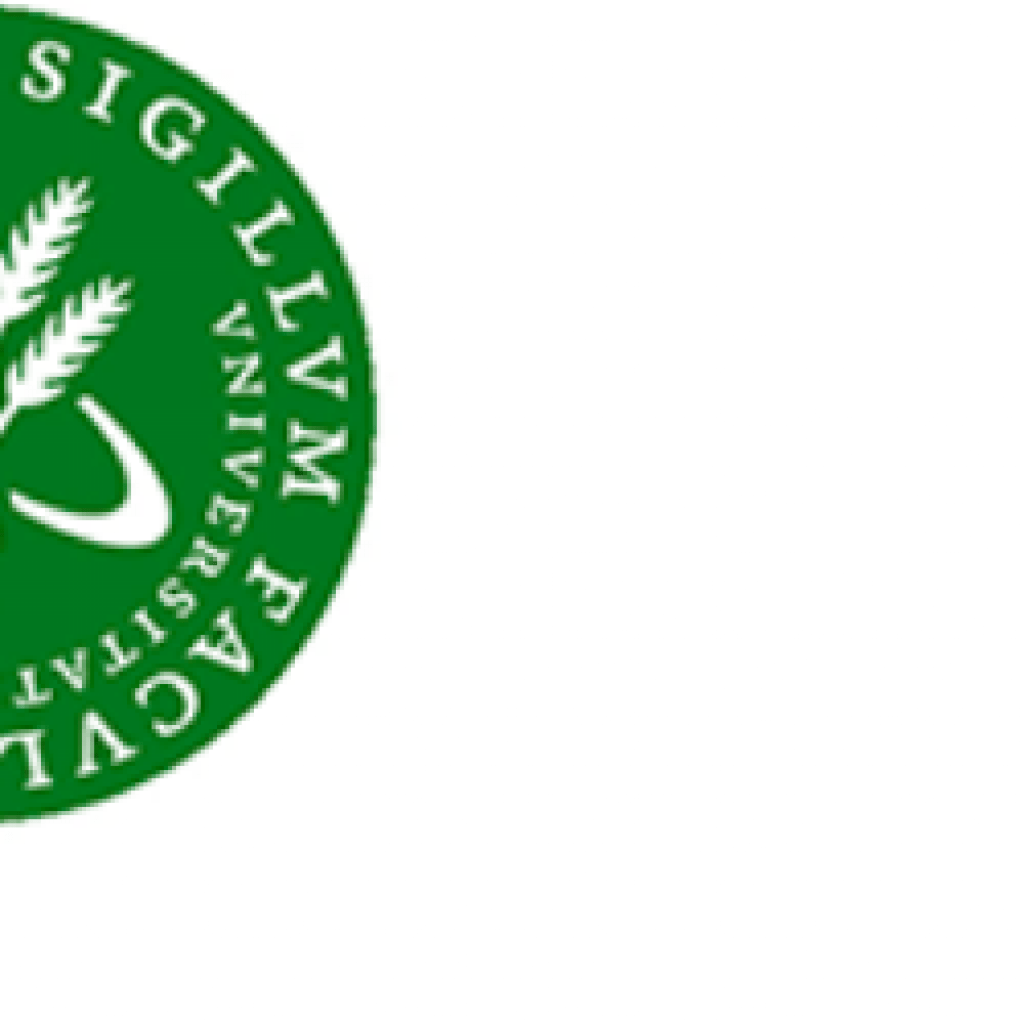(Phys.org) A team of researchers at the Niels Bohr Institute, University of Copenhagen, have succeeded in entangling two very different quantum objects. The result has several potential applications in ultra-precise sensing and quantum communication.
Researchers succeeded in making entanglement between a mechanical oscillator—a vibrating dielectric membrane—and a cloud of atoms, each acting as a tiny magnet, or what physicists call “spin.” These very different entities were possible to entangle by connecting them with photons, particles of light. Atoms can be useful in processing quantum information and the membrane—or mechanical quantum systems in general—can be useful for storage of quantum information.
Professor Eugene Polzik, who led the effort, states that: “With this new technique, we are on route to pushing the boundaries of the possibilities of entanglement. The bigger the objects, the further apart they are, the more disparate they are, the more interesting entanglement becomes from both fundamental and applied perspectives. With the new result, entanglement between very different objects has become possible.”
Quantum Entanglement Realized Between Distant Large Objects By Researchers at Niels Bohr Institute
